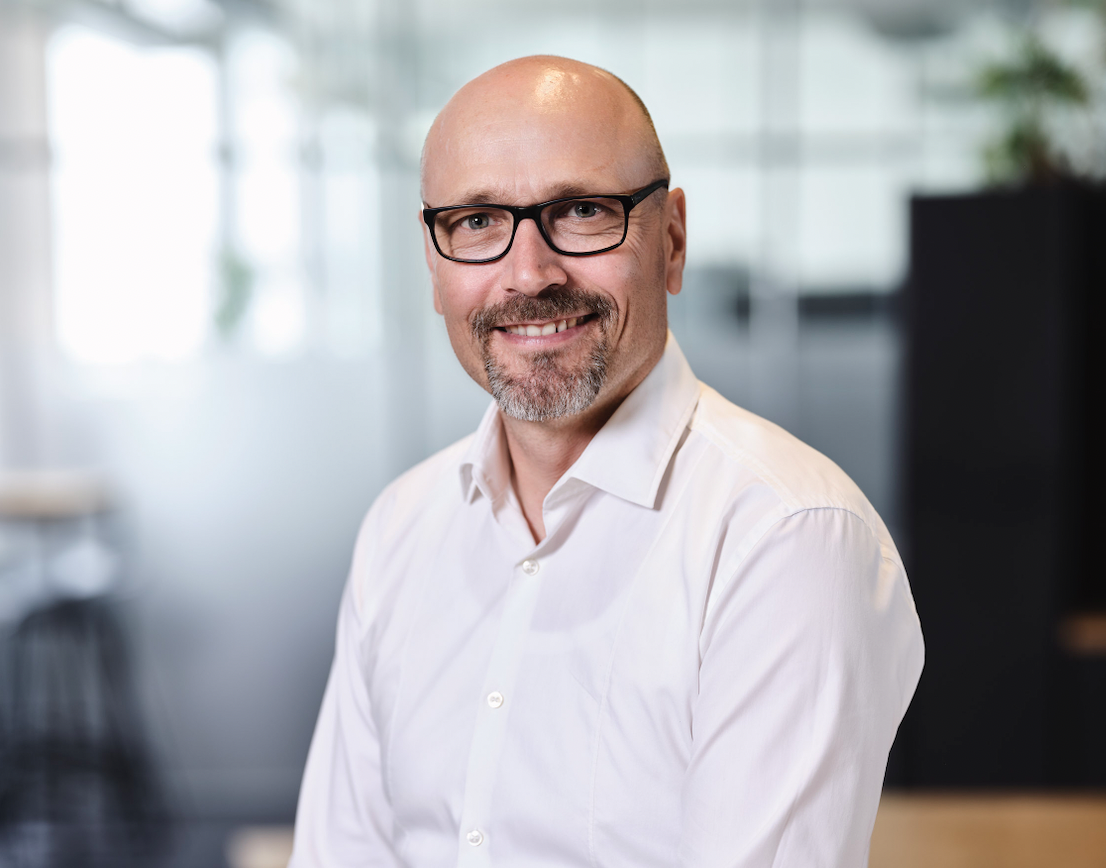Working in the FinTech industry is like coming and going, requires a high degree of professionalism in a thoroughly relaxed working environment and is above all characterised by innovation as well as good, clever and future-oriented ideas, according to the widespread consensus. But who are actually the brains and movers behind these creative thought processes, at the intersection of finance, digital technologies and entrepreneurship?
In our series: The Faces of FinTech, we regularly ask one person from the payments and banking industry the same ten questions. This time Stephan Spies from adorsys answers our questions.
May we introduce: Stephan Spies from adorsys
Who are you, what do you do?
Stephan Spies. After various stages in the financial services industry, my path led me to adorsys in January 2020. As a key account manager, I accompany our customers from the financial sector on their path to digital transformation. Our support ranges from the organization of a customized innovation workshop for the concrete implementation of digitization and cloud strategies to the integration of new business models!
What does a classic day in your life look like?
It is very difficult to describe beforehand, because my activities are very varied. In total, about 60 of our IT and technical experts from adorsys support the customers I look after in numerous IT projects. There are a lot of operational and organisational coordinations that I have to take care of.
In addition, we regularly sit down with our clients and discuss new impulses and innovations. Both technological innovations and changes in the financial market are important for our target group. I therefore spend part of my time keeping up to date and developing innovation workshops.
What were your first encounters with the payment and banking industry?
After my time as a software developer and quality engineer, I started my IT management career in 2010 as a team leader for web development at a Munich-based company in the field of loyalty programs. When I moved back to my home in the Upper Palatinate in 2014, I was given the opportunity to work as a team leader in mobile development for an online bank in Nuremberg. The goal was to capture new customer segments for the bank’s trading business with a “mobile first” strategy and a modern, scalable and cost-optimized IT architecture.

When did you first notice the word FinTech?
When 2019 forced the opening of banks to TPPs with the introduction of PSD2 in the EU, it was a technical, organizational and financial tour de force for many incumbents. At this point at the latest, the term “FinTech” had real relevance for the entire industry.
Too often, in my view, incumbents emphasized competition with FinTechs instead of actively seeking cooperation. I think that market opportunities were lost, even though the technical prerequisites had already been created through regulation.
How do you define FinTech?
I define a FinTech as a third-party provider in the finance industry that tries to bring financial services to the market and the customer outside of the established institutions. As a rule, these are agile and customer-centric companies with a high level of innovation and creativity, financed by venture capitalists.
What do you think established companies do better than FinTechs?
A structured and standardized approach to decision-making processes helps established companies avoid gross errors. At the same time, the incentive systems in the management of these companies ensure a certain constant flow of optimisation.
Once a market position has been conquered, it is usually very successful to secure it and, if necessary, to expand it to a certain extent. Optimization measures ensure increasing cost efficiency and contribute to profit optimization.
What can you learn from FinTechs?

Putting the customer at the centre of all considerations. Drive the evolution of products in quick but small steps. Have the courage to make mistakes.
Why do established (large) companies have such a hard time with digitalization?
I myself have worked in so called established companies in the financial industry. And of course it is the case that one always encounters passive or active resistance there on issues that mean change in the broadest sense. Not every colleague is willing to face the challenges of digitalization.
But, it’s not quite that simple either.
A FinTech startup usually enters the market with a very focused approach, picks a customer segment and serves its needs in a targeted manner. IT systems are built on the “green field” with the latest technologies and methods and the infrastructure is, thanks to the cloud, usually well scalable and cost-efficient.
Established companies in the financial sector not only have to serve a much broader range of customer segments with a wide variety of needs, but are also struggling with expensive, often outdated IT systems. A digitization strategy must be planned accordingly on several tracks. This often requires high investments, many resources and great discipline in planning and implementation. In the current low-interest phase, this is no easy task for established companies in the financial sector.
What makes your job interesting on a daily basis?
The financial industry is facing immense challenges, driven by regulation, the American BigTechs and small FinTechs.
I am lucky to work with people who love what they do and who try to find suitable answers and feasible solutions for our customers every day.
What would you do for a living if you weren’t working in the payments and banking industry?
I could also find something meaningful in a skilled trade. Carpenter might be something ?
What are you proud of?
One of our customers in the financial industry was struggling with the fairly typical monolithic legacy system in their IT architecture. While the system was stable, it was not up to the modular requirements of agile development, rapid release cycles, and the need for high scalability.
Starting in 2019, we worked with our client to take functionality out of the monolith, piece by piece, and move it into a modern, cloud-based, modular architecture. In the meantime, modularization has progressed so far that the decommissioning of the legacy system will take place in 2022, one year earlier than planned. This created the best conditions for agile software development, fast time-to-market and a cost-efficient, scalable infrastructure.

Why aren’t there more women in tech?
Generation Y is growing up interacting with technology on a daily basis. But they also have different requirements and expectations than older people. In teams with great diversity it will be more successful to realize good IT and financial products for all target groups.
We have already seen a very positive trend in recent years. If this continues, I’m sure we’ll see a lot of women in technical jobs in a few years.
Which company would you like to work for one day?
I am very happy to work at adorsys and feel it is a privilege to be able to drive the digitalisation of the financial sector with the trust of our customers.
But if it has to be another company, I would love to work at Amazon HQ for a day. I’ve read about the meeting and leadership culture there. I would love to experience that and maybe want to adapt it.
Who would you like to have a beer with?
Elon Musk. I’d love to know how he, with his background as co-founder of PayPal, views the importance of AI, perhaps the next big mega-trend, in the financial industry.
